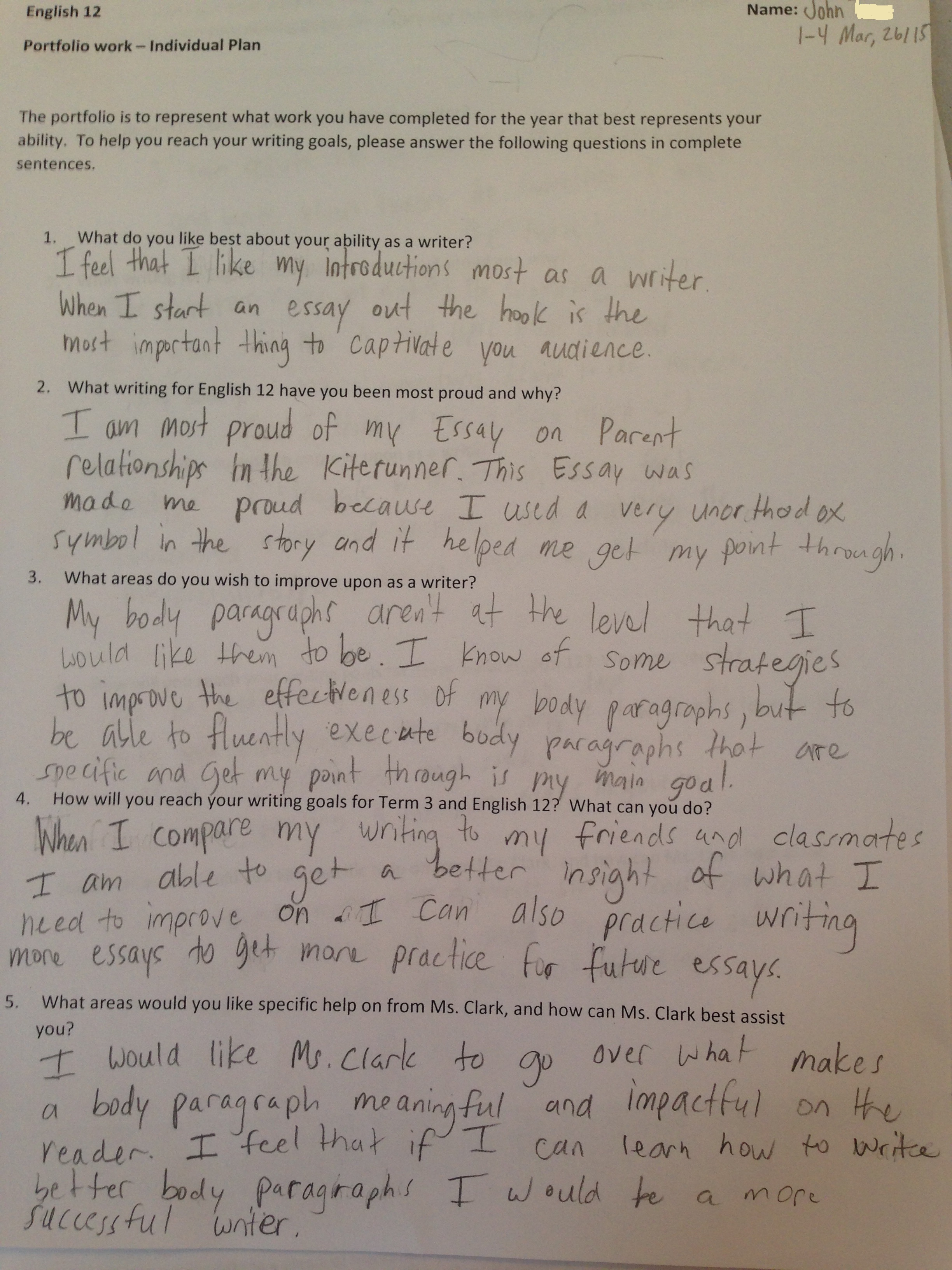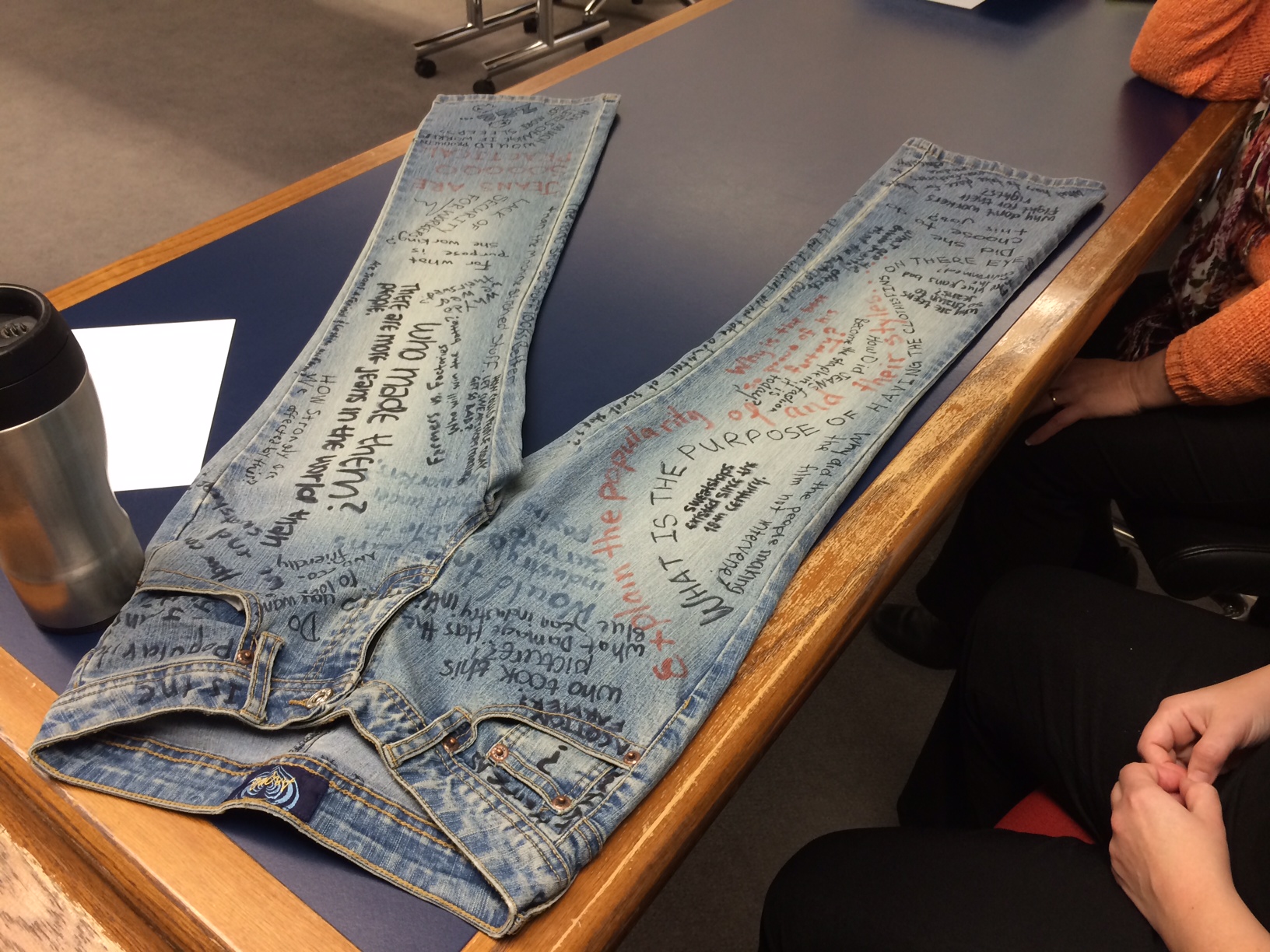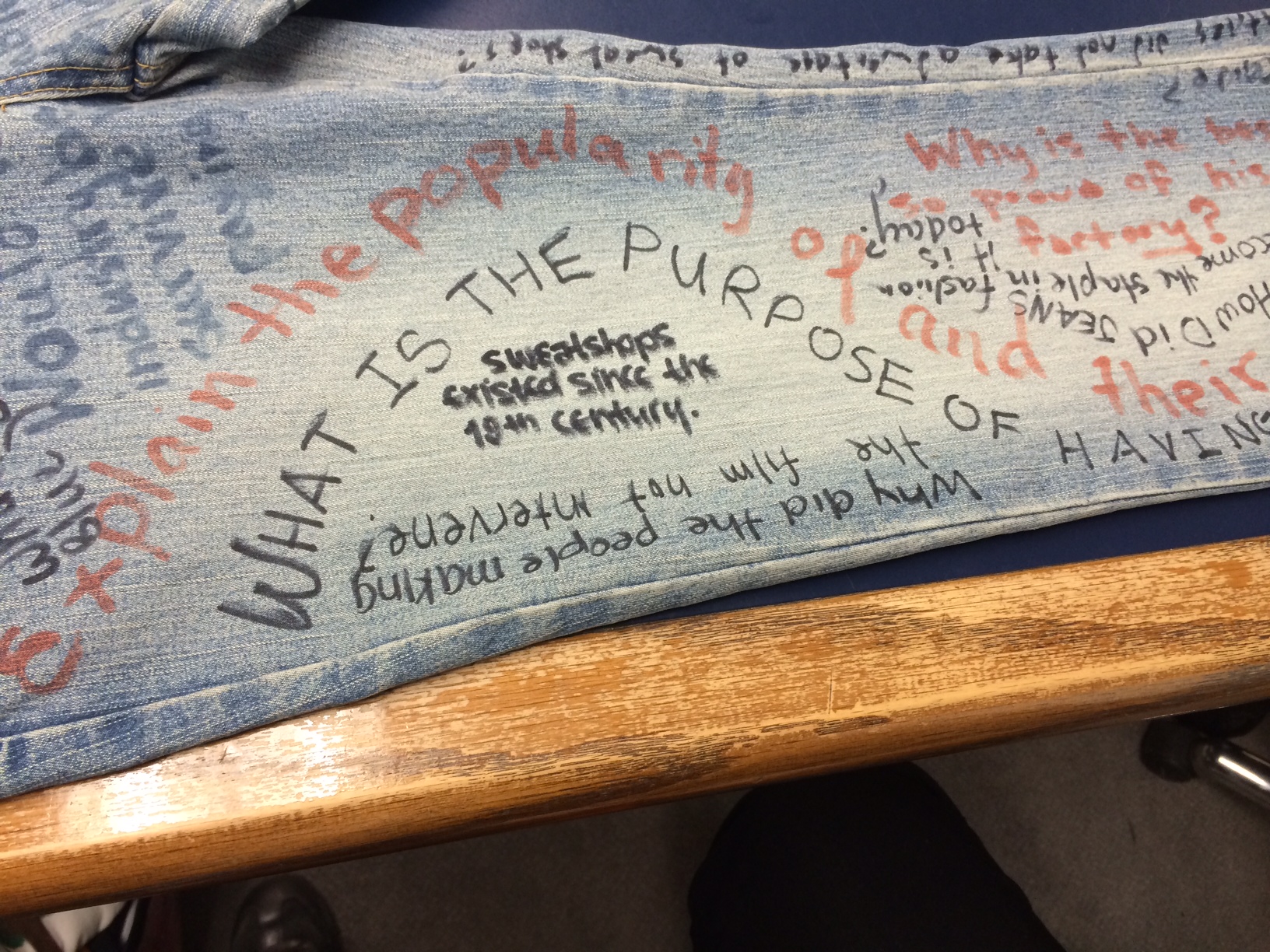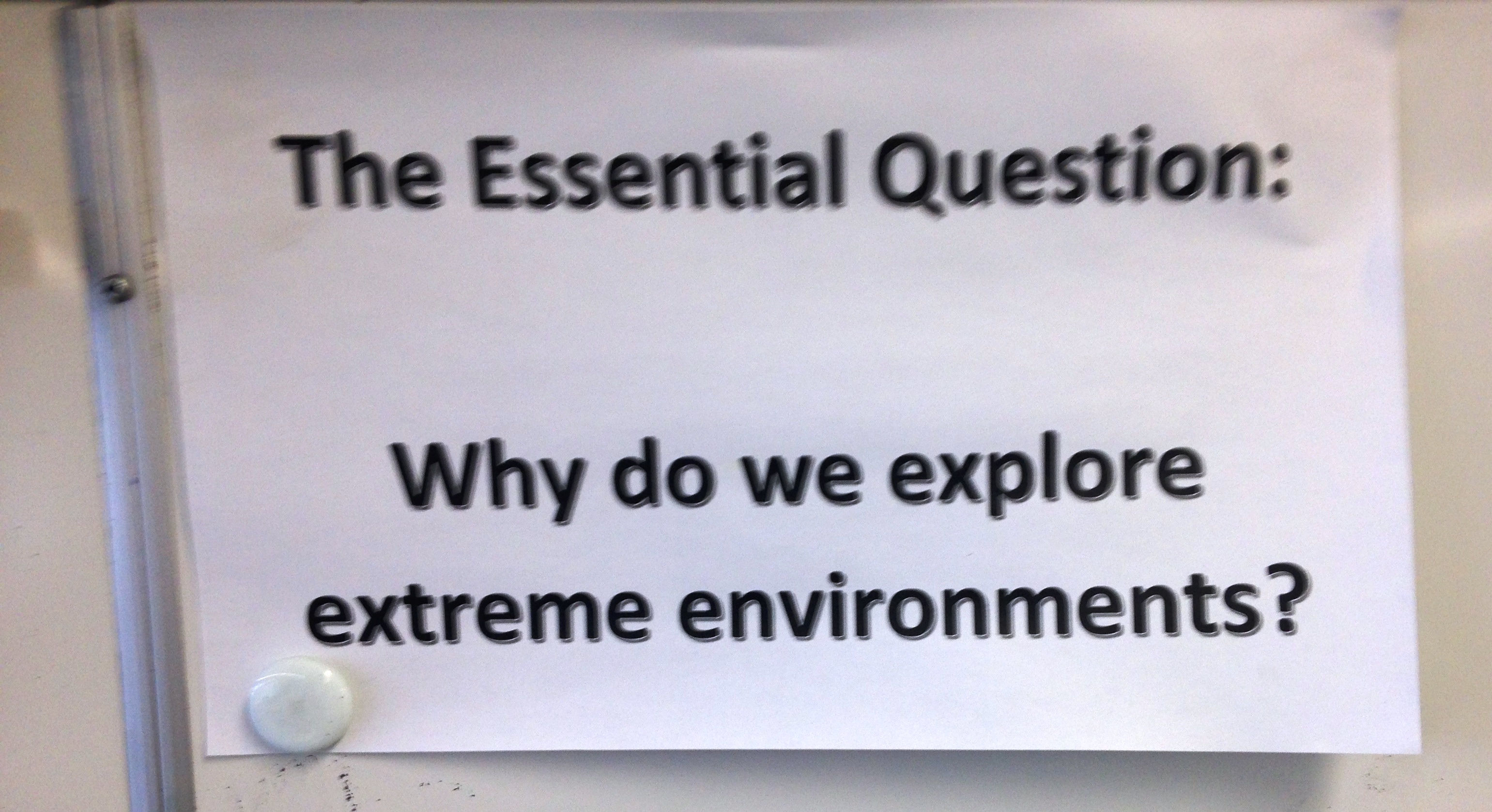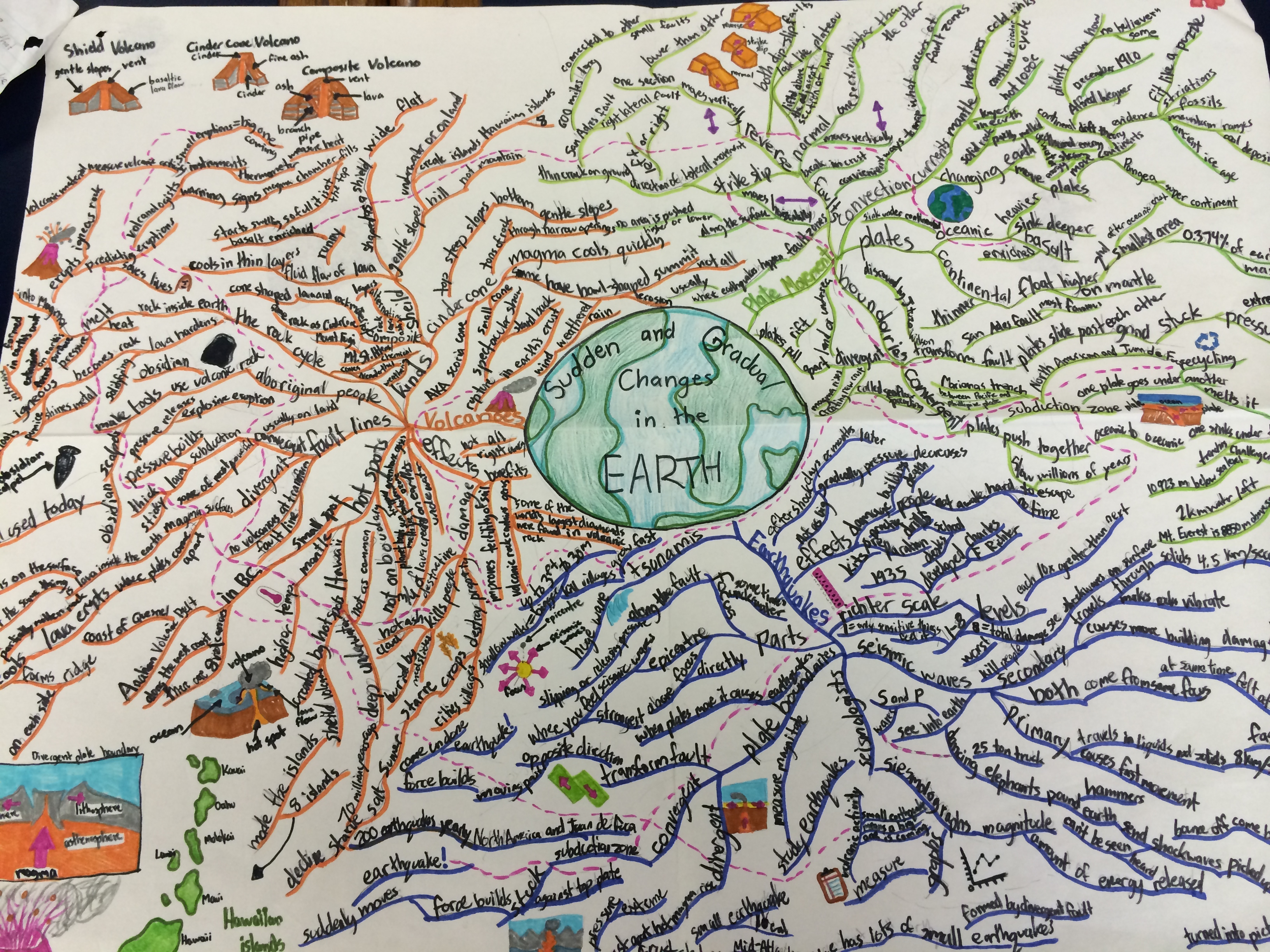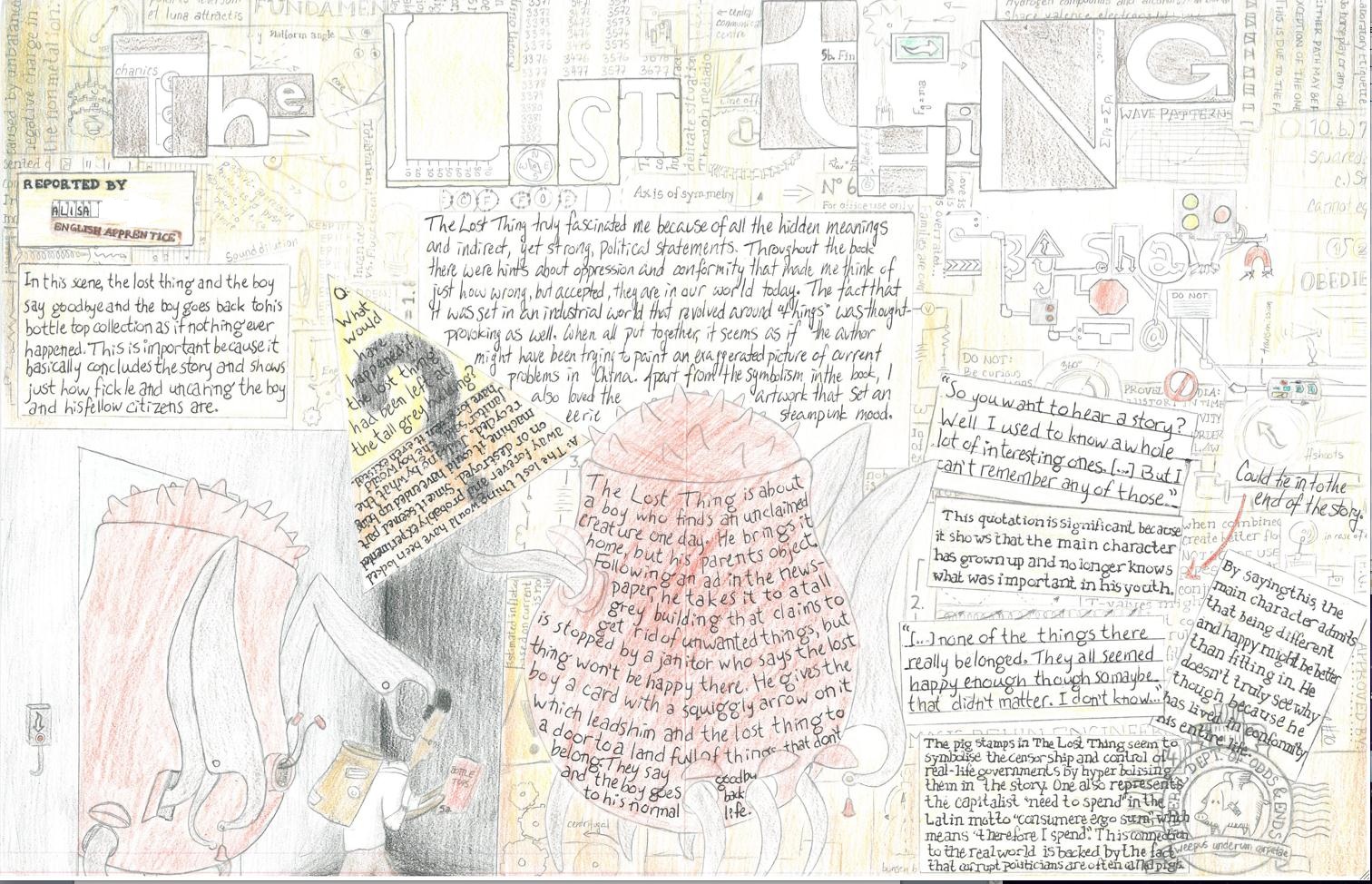Illustration Elements
Illustration Éléments
Context
This excerpt is part of a longer interview with a student who talked about his experiences and the events that shaped him as a learner. In looking back, he recounts the challenges he experienced in his early high school years. During this time, he did not want to be at school, he avoided completing any work, and had no connection to school. He explains the impact of receiving an award as most improved student and the teachers who provided him opportunities to use his strengths when representing his knowledge and understanding.
This interview was part of a series that explored the challenges and successes students experience as they work to complete school.
Illustration
Student Interview
I understand that my identity is influenced by many aspects of my life. I am aware that my values shape my choices and contribute to making me a unique individual.
I understand that my characteristics, qualities, strengths and challenges make me unique and are an important part of the communities I belong to (including people and places). I understand that what I value influences the choices I make and how I present myself in various contexts (including online). I can explain how I am able to use my strengths to contribute to my home and/or communities.
I communicate confidently, using forms and strategies that show attention to my audience and purpose.
In discussions and conversations, I am focused and help to build and extend understanding. I am an engaged listener; I ask thought-provoking questions when appropriate and integrate new information. I can create a wide range of effective communications that feature powerful images and words, and I identify ways to change my communications to make them effective for different audiences. I use my understanding of the role and impact of story to engage my audiences in making meaning. I acquire information about complex and specialized topics from various sources, synthesize it, and present it with thoughtful analysis.
I communicate with intentional impact, in well-constructed forms that are effective in terms of my audience and in relation to my purpose.
I contribute purposefully to discussions and conversations. I synthesize, deepen, and transform my own and others’ thinking. I can weave multiple messages into my communications; I understand that my audience will use their own knowledge and experiences in making meaning. I show understanding and control of the forms and technologies I use; I can assess audience response and draw on a repertoire of strategies to increase my intended impact. I can acquire, critically analyze, and integrate well-chosen information from a range of sources.
I can evaluate and use well-chosen evidence to develop interpretations; identify alternatives, perspectives, and implications; and make judgments. I can examine and adjust my thinking.
I can ask questions and offer judgments, conclusions, and interpretations supported by evidence I or others have gathered. I am flexible and open-minded; I can explain more than one perspective and consider implications. I can gather, select, evaluate, and synthesize information. I consider alternative approaches and make strategic choices. I take risks and recognize that I may not be immediately successful. I examine my thinking, seek feedback, reassess my work, and adjust. I represent my learning and my goals and connect these to my previous experiences. I accept constructive feedback and use it to move forward.
I can recognize my strengths and take responsibility for using strategies to focus, manage stress, and accomplish my goals.
I advocate for myself and my ideas; I accept myself. I am willing to engage with ideas or information that is challenging for me. I can be focused and determined. I can set realistic goals, use strategies to accomplish them, and persevere with challenging tasks. I can tell when I am becoming angry, upset, or frustrated, and I have strategies to calm myself. I can make choices that benefit my well-being and keep me safe in the communities I belong to.
I recognize my value and advocate for my rights. I take responsibility for my choices, my actions, and my achievements.
I have valuable ideas to share. I am willing to explore controversial issues; I can imagine and work toward change in myself and in the world. I can set priorities, implement, monitor, and adjust a plan; and assess the results. I take responsibility for my learning, seeking help as I need it. I use strategies for working toward a healthy and balanced lifestyle, for dealing with emotional challenges, and for finding peace in stressful times. I know how to find the social support I need.
